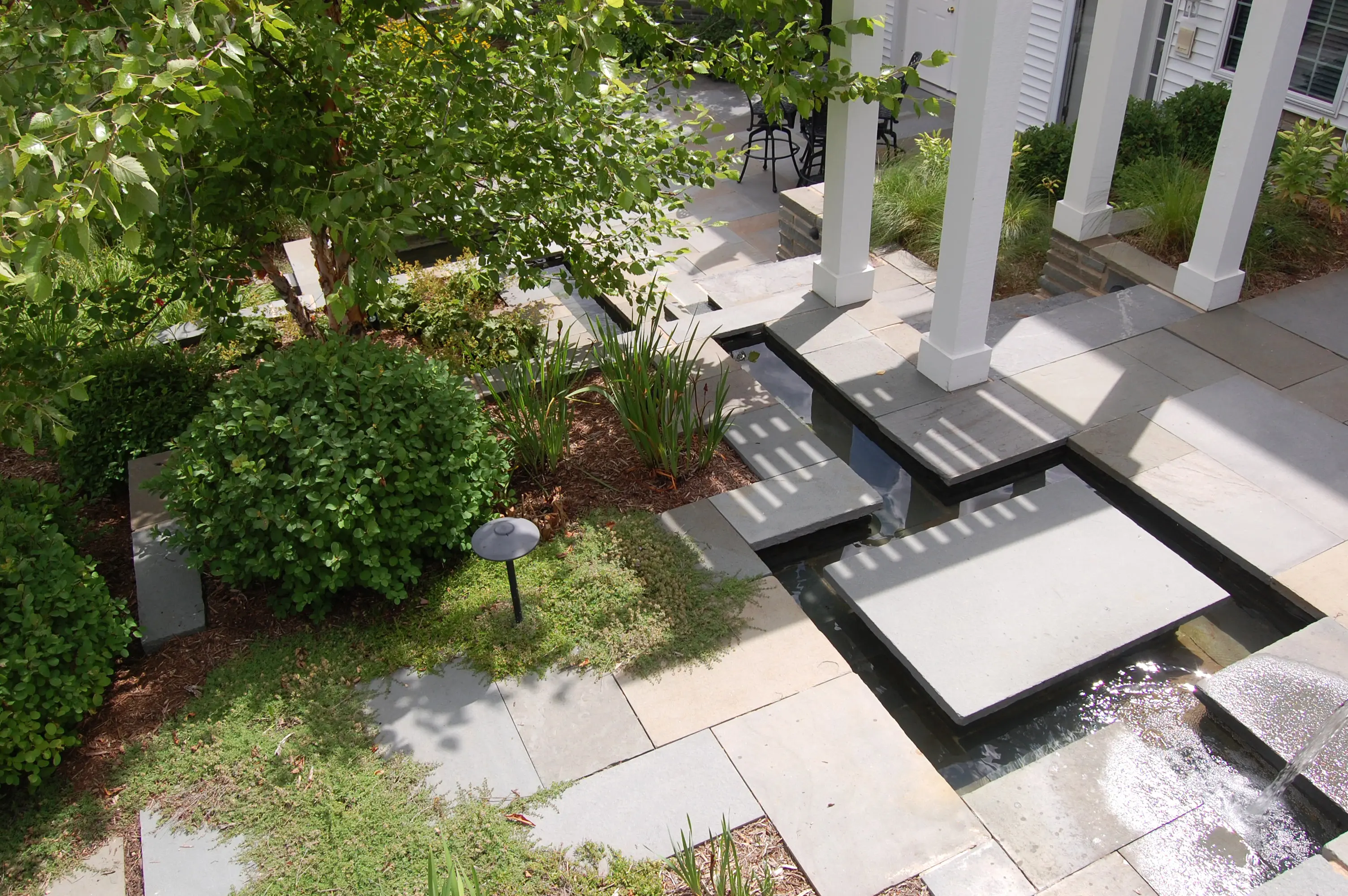
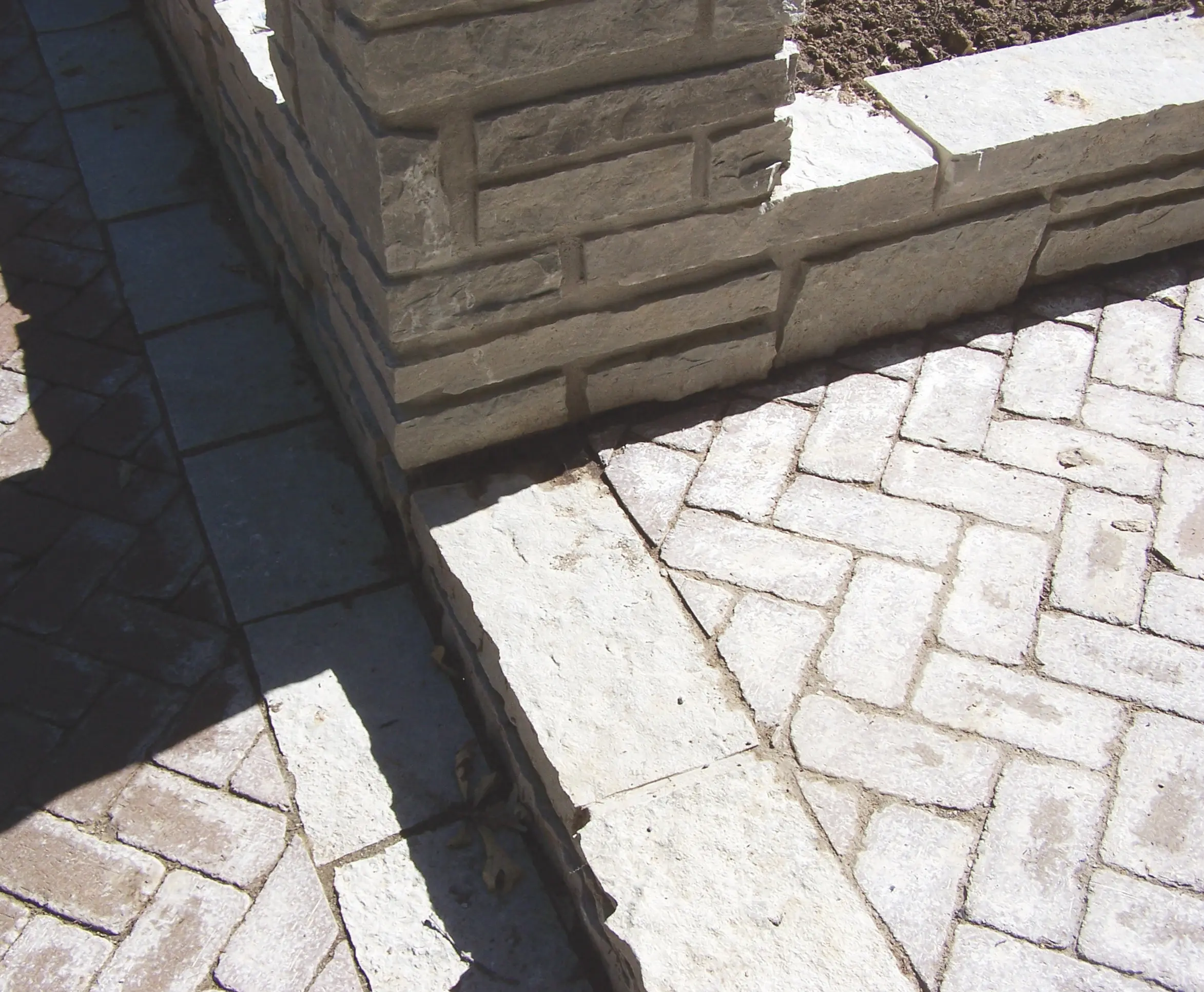
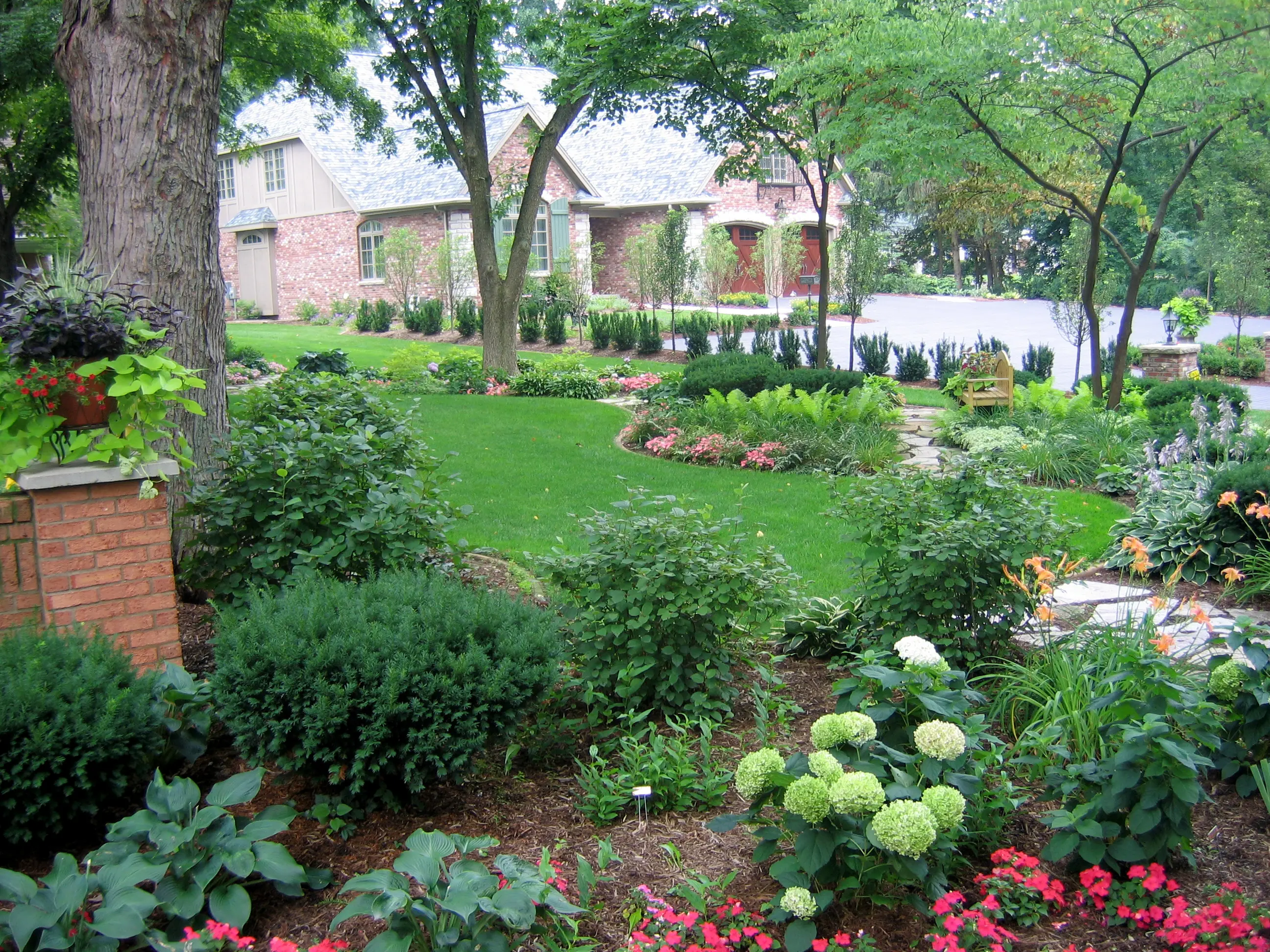
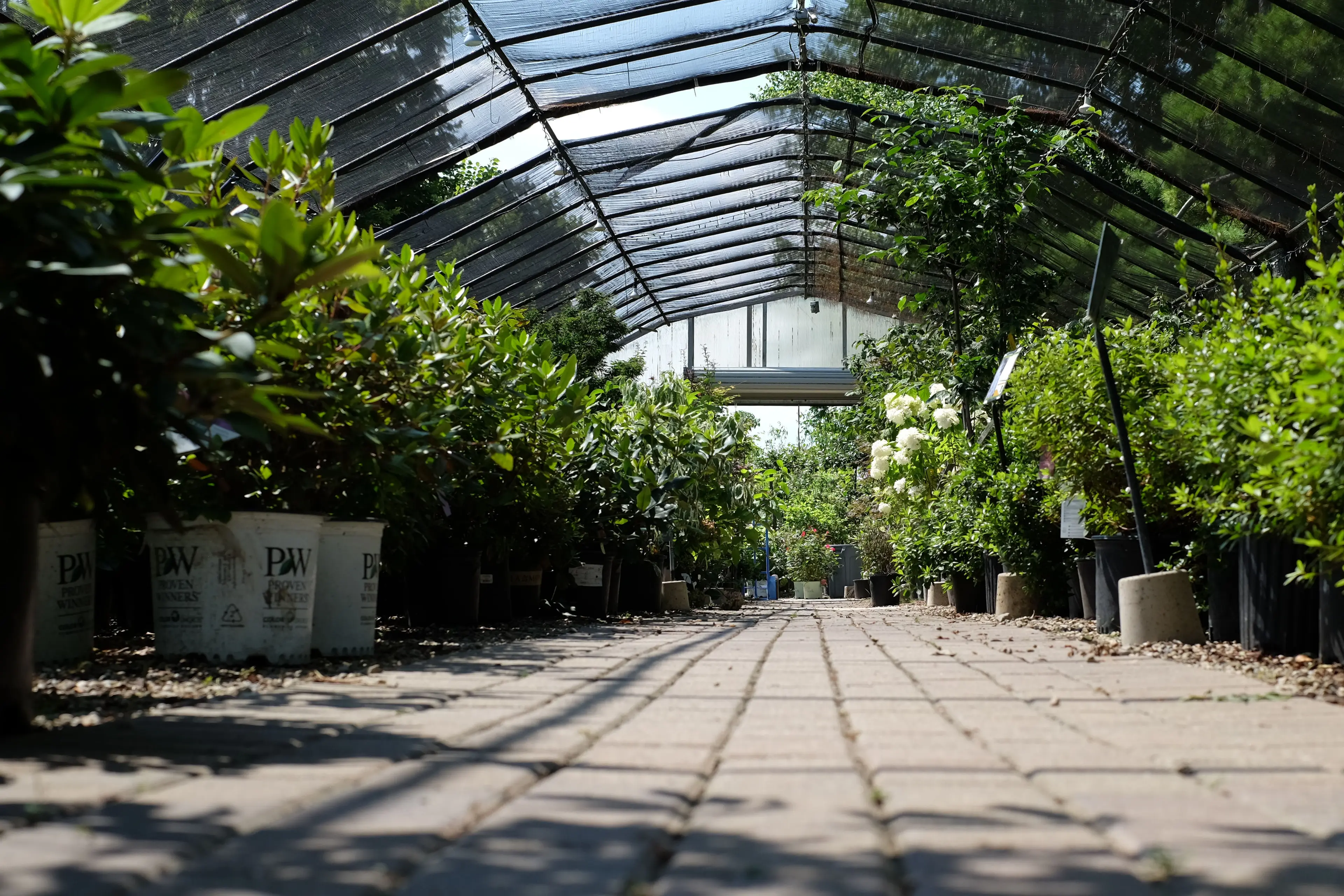
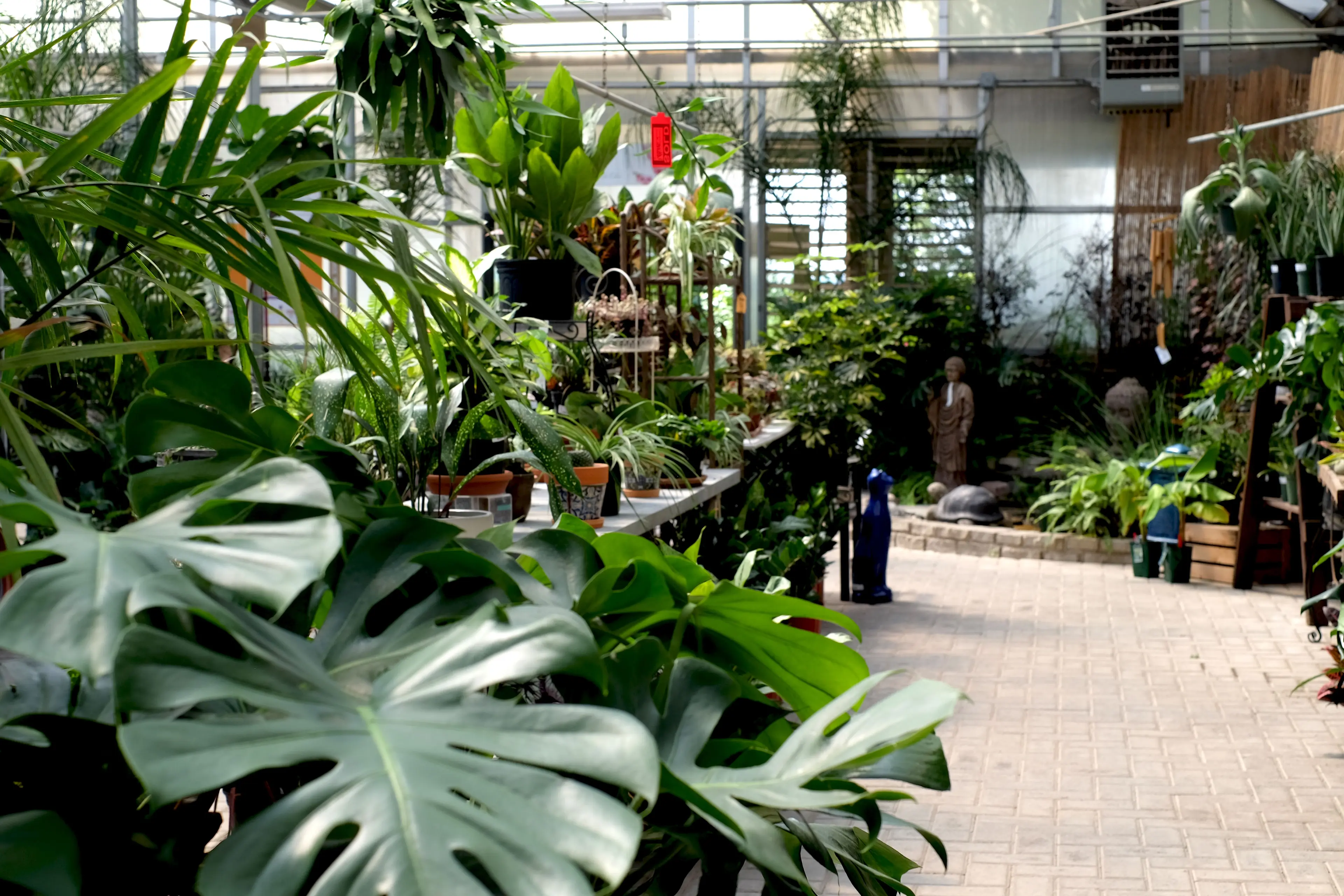
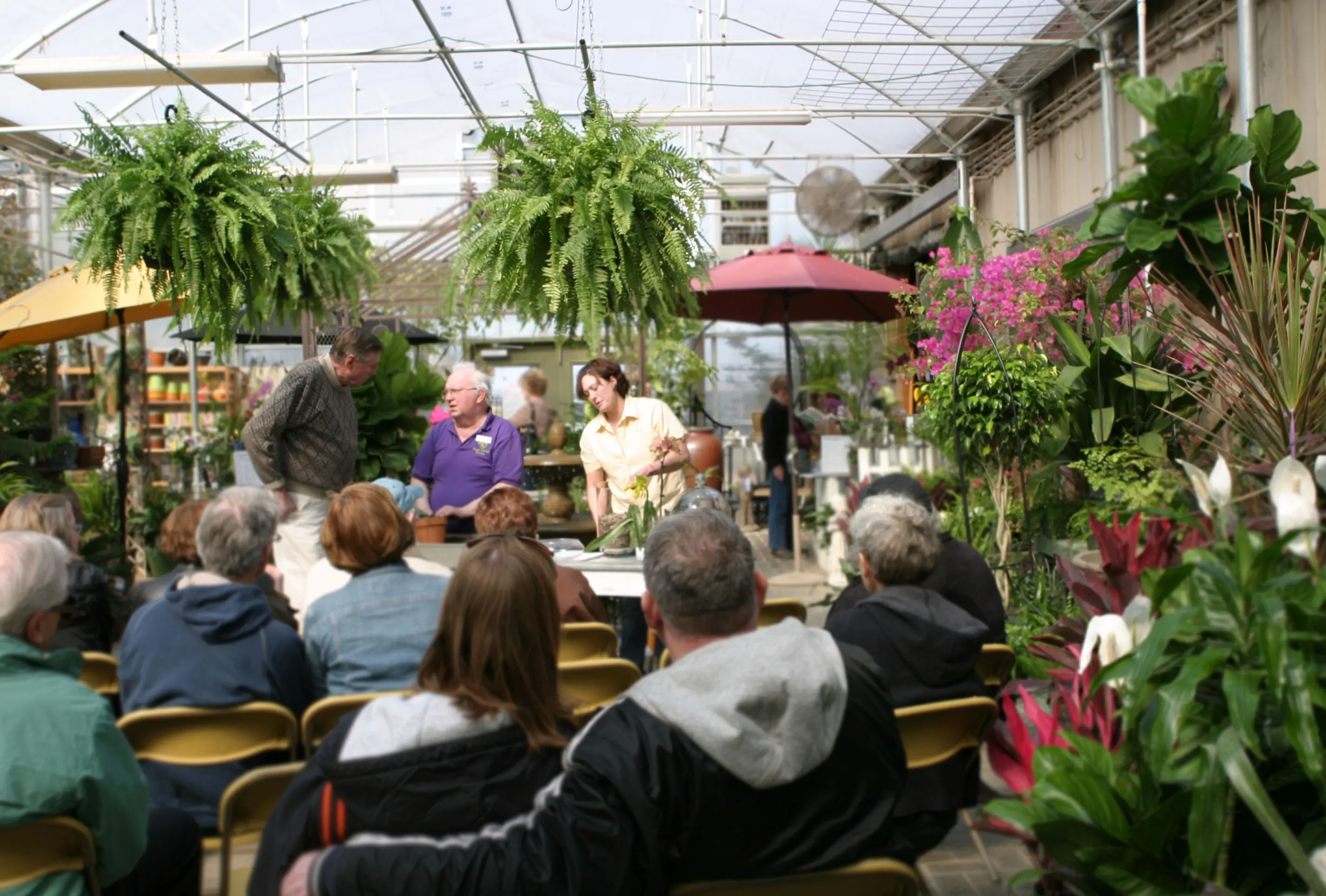
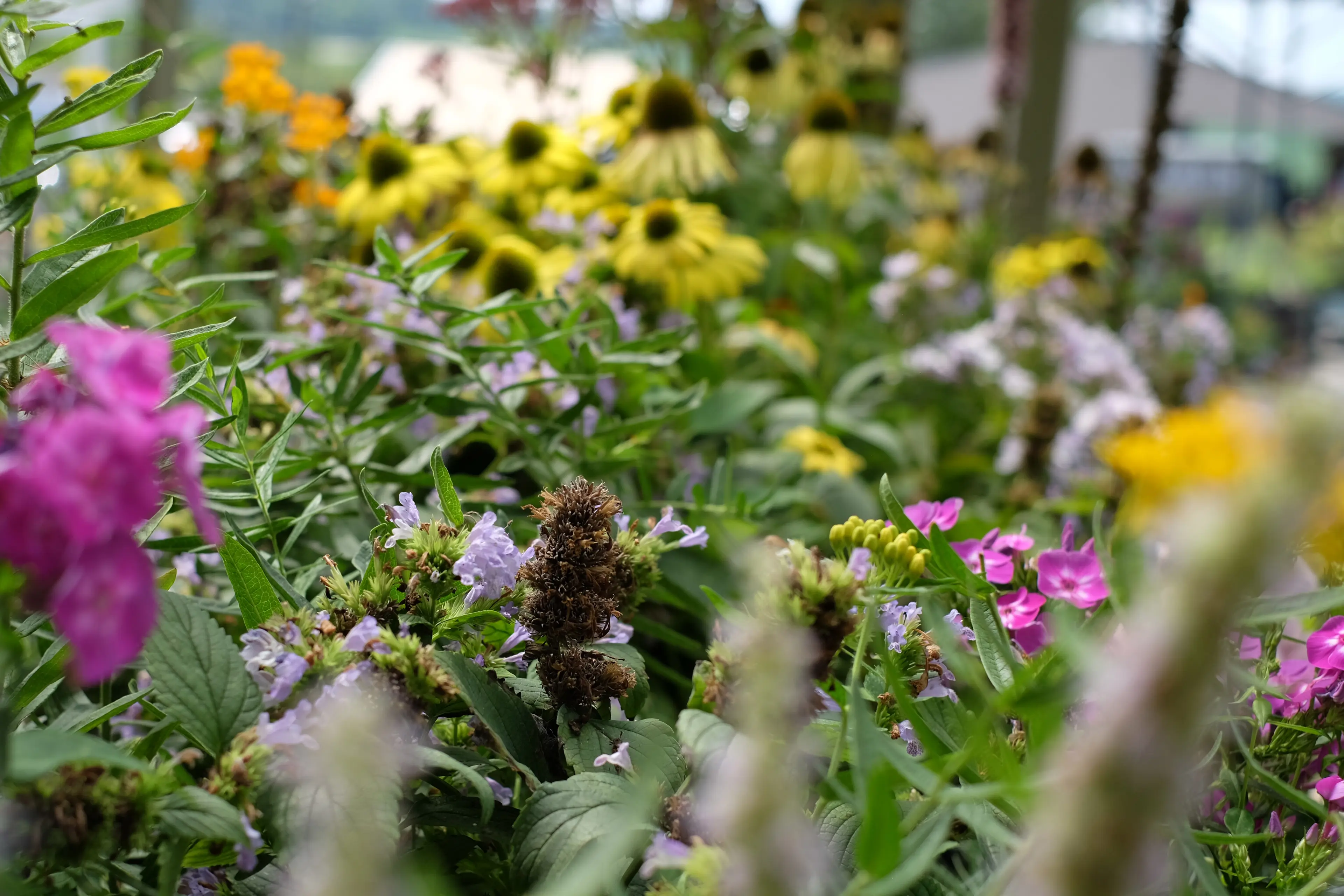

Maintenance
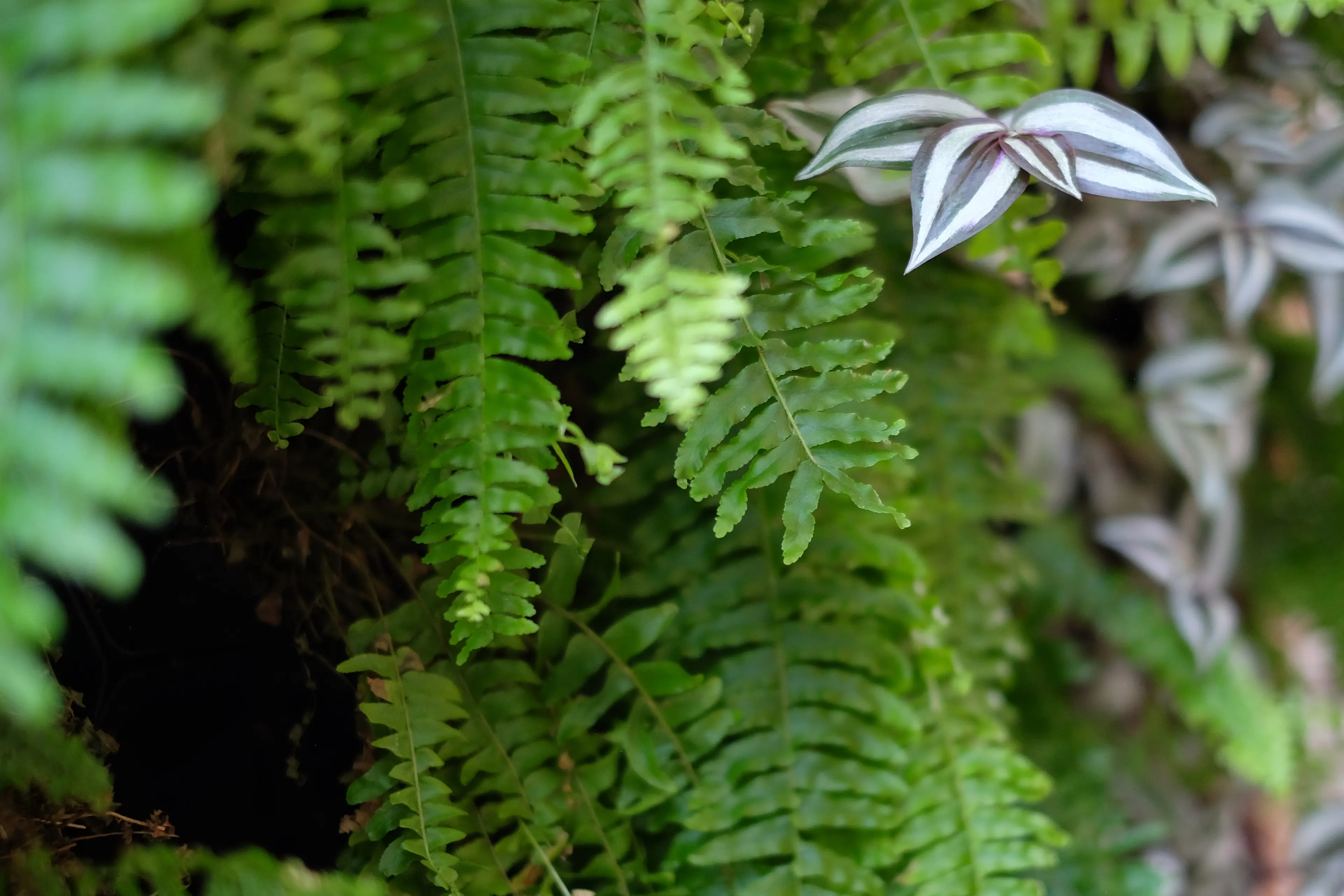
Pre-emergent Herbicide in Spring

Spring is a wonderful time of the year when nature comes alive in central Illinois, and we start to see the growth of turf grass and the budding of trees. The warm temperatures bring with them the promise of longer days, outdoor activities, and the chance to enjoy our beautiful lawns once again. But while we all love the idea of spring, it's important to remember that this time of year can bring some unique challenges for our lawns.
One of the biggest concerns that many homeowners have is crabgrass. Crabgrass is an annual grass that can quickly take over your lawn, leaving unsightly patches and ruining the look of your property. The good news is that we haven't yet reached the point where crabgrass will likely start germinating. For crabgrass to begin growing, soil temperatures need to remain in the mid-50's for several days. While we've had some fluctuations in temperature, the soil has generally been staying in the 40's. Plus, with cool nights still hanging around, it's unlikely that soil temperatures will rise enough to trigger crabgrass growth.
However, it's worth remembering that not all crabgrass seeds germinate simultaneously. Areas with concrete sidewalks and driveways tend to warm up more quickly, which can lead to crabgrass outbreaks if left untreated. Similarly, thin areas in your lawn will be more susceptible to annual grasses and weeds taking hold. So, the best way to keep these unwanted invaders at bay is to have a thick, healthy lawn. If your lawn is thick and lush, crabgrass and other weeds shouldn't be much of a problem.
If you're planning on seeding your lawn this spring, it's important to avoid using pre-emergent herbicides. Most lawn care programs include pre-emergent herbicides in the first application for crabgrass and weed control. However, these herbicides can also prevent new grass seeds from germinating. Be sure to let us know that you plan on seeding so we can adjust our approach accordingly.
At Green View, we've already started our maintenance program with customers. We've begun by using pre-emergent herbicides along with fertilizer before we switch to pre- and post-emergent herbicides once soil temperatures warrant it. This strategy allows us to control weed and crabgrass seeds that haven't germinated yet, as well as those that have recently germinated. And remember, if you plan on seeding your lawn, just let us know, and we'll make sure to adjust our treatment accordingly.